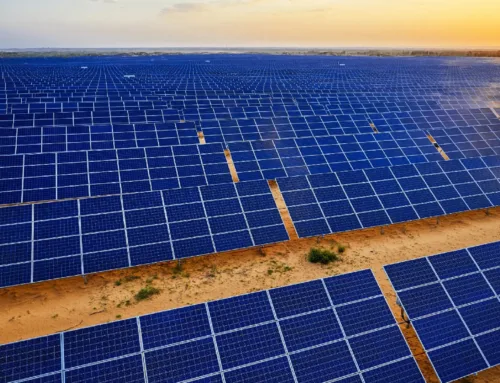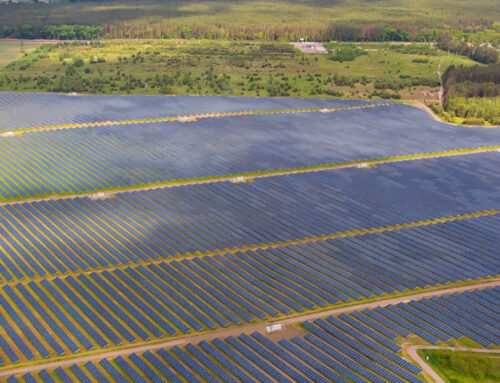
Rajasthan government has unveiled the draft for its ambitious ‘Rajasthan Energy Policy 2050’ with the vision to transition to a sustainable economy.
As per the policy document, the state is targeting 90 GW of combined solar and wind capacity by 2030. This capacity addition is expected to create jobs for approximately 1, 11,000 individuals in fields such as business development, project design, construction, commissioning, and maintenance.
Rajasthan also plans to harness its immense 5.5 GW rooftop solar potential, which remains largely untapped.
The state government aims to meet 70% of Rajasthan’s energy requirement through non-fossil fuel sources by 2050. Currently, 70% of the state’s electricity demand is met through coal. Moreover, the state has a target of reducing 700 million tonnes of carbon emissions by 2050.
The state is also committed to achieving full compliance with the National Renewable Purchase Obligation (RPO). Under the RPO mandate, all electricity distribution companies must produce or purchase a minimum quantity of their energy requirement from renewable energy sources.
Additionally, Rajasthan also aims to reduce the Aggregate Technical and Commercial (AT&C) loss levels of DISCOMs to 12–15% by 2025-26 from 26.23% in 2021. These refer to the energy losses that occur during the transmission of power.
Other notable aspects of the policy include plans to make Rajasthan a hub for green hydrogen production in India and improving energy efficiency standards of sectors like cement and textile.
Moreover, the state plans to meet 45% of agricultural power demand with RE sources by 2030 and scale it to 75% by 2050.
Additionally, the share of fossil fuels in Rajasthan’s power mix dropped to a record low of 50% for the first time in the April to July period of 2023. Moreover, energy think tank Ember revealed that while fossil-based generation experienced a drop, solar and wind energy generated grew by 28% in the first half of 2023.
Between January and July 2023, electricity production in Rajasthan surged by 4.4 TWh compared to the previous year, driven by an expansion in solar and wind energy sources. Consequently, the carbon emission intensity of electricity produced in the state in July 2023 was 10% lower than in July 2022.
Rajasthan is the top solar-powered state in India with an installed capacity of over 16 GW. The centre recently identified 9 solar park projects in the state with a total capacity of 7 GW. The state government is also boosting solar energy in the agricultural sector through schemes like PM KUSUM.
Click Here for more updates
Resource: Mercom India






Leave A Comment